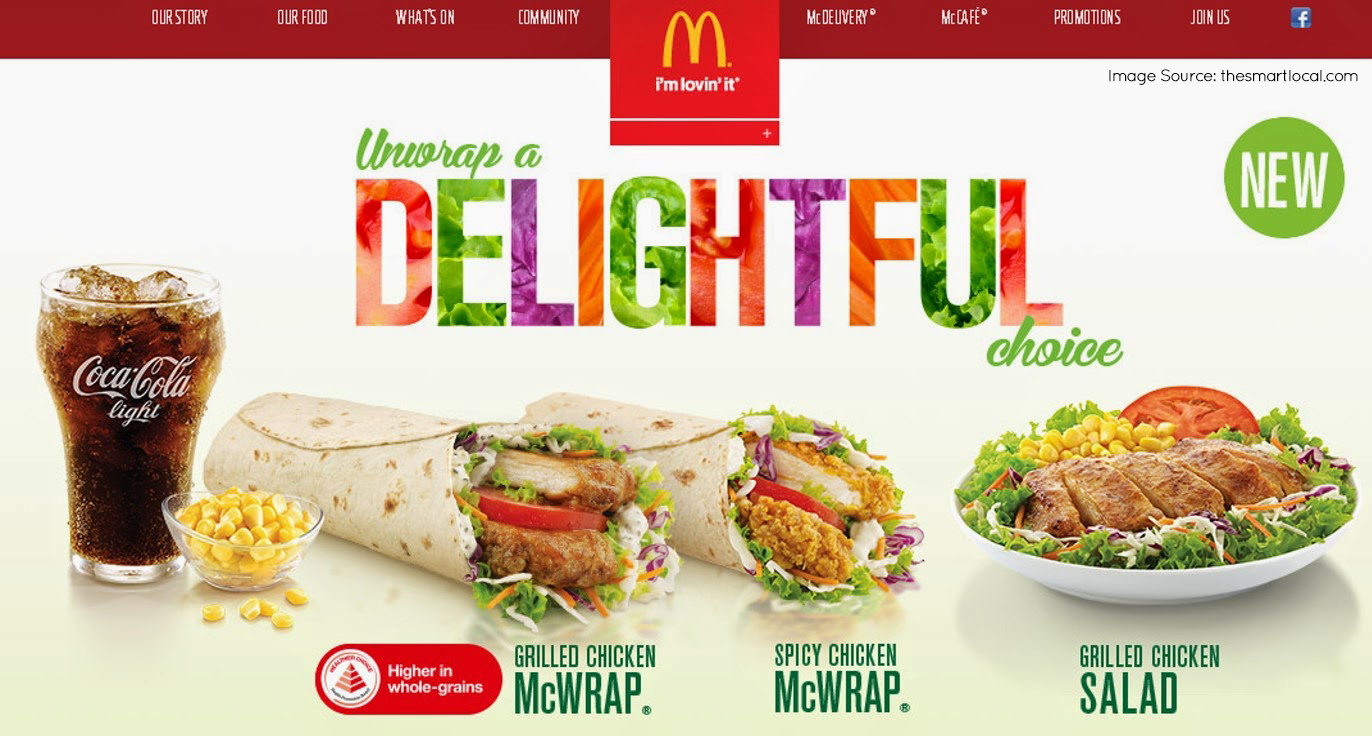Brand Strategy, Business Tips & How To's, Design Strategy, Space Design
At Zeitgeist, we design experiences for people.
The best way to do this we feel, is to design a space keeping its “soul” in mind.
For a private project, this “soul” may be reflective of an individual’s (or group’s) aspirations, personality or achievements. For a commercial project, it should be reflective of the venture’s brand. In both cases the experience is designed keeping the end user in mind.
The best opportunity to do this arises when a concept is born, but its personality (brand) has not yet been developed.
One of the instances where Zeitgeist had the opportunity to develop a brand and then give it life via a space and brand extensions was when a client presented us with their idea of developing an authentic Italian pizzeria in Whitefield, Bangalore.
Understanding The Personality
The project proposed by the client was for their flagship restaurant, which they had plans to expand into a chain in the future. Upon immersing ourselves into a Brand Development Workshop with the client, it was clear that their USP was to be an authentic Italian pizzeria.
As part of the Brand Audit process, we conducted in depth research into our target market – expatriates – using Focus Groups as our methodology for this particular project. We chose this method, since we were given a very clearly defined market segment. (You can read more about the relevance of Focus Groups in the brand development process in an earlier article of ours.)
From this we understood that the target market would respond well to a homely “mamas and papas” pizzeria – the kind you’d find in a quaint alley in Naples.
Further expanding on what our research revealed, we used the framework of design thinking to design the entire experience for the end user.
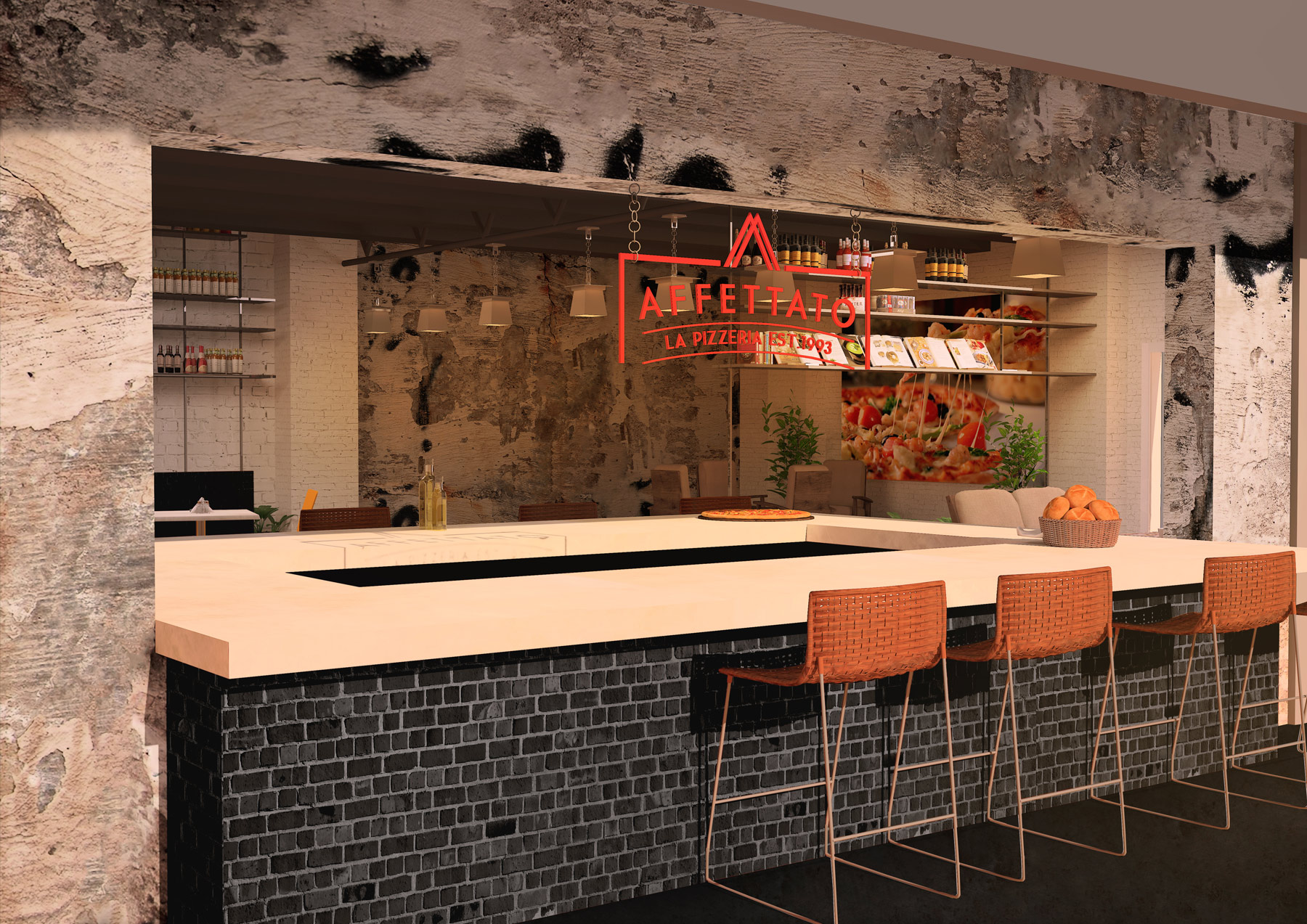
Once we were clear on the brand’s personality and had ensured that it represented a match between the client’s vision and the market’s desires and expectations, we set about the Brand Development process, beginning with ideating for names, logo direction, fonts and colour palettes we thought would work.
Now that the Brand Language we needed to develop was clear, we also began to work on integrating it into the design of the space.
The proposed site for the pizzeria was an abandoned 8000 sq. ft. industrial warehouse that had previously been used to manufacture aeronautical parts.
Speaking the Language
The finalised Brand Name, Affettato – Italian for “sliced”, represents authenticity, while alluding directly to the product.
Staying true to being authentic, we proposed retaining the feel of the old warehouse and developed a Space Design that would tie in nicely with the Industrial look trending across the globe. The idea was to give the customer the feeling that he could be at a trendy, hip restaurant in any part of the world.
Nothing says ‘authentic’ like inviting a customer into the process, and so we developed a plan wherein the kitchen wall would be conceptualised as the window to good Italian street food. In the same vein, we also designed a large, open pizza bar, allowing for a seamless transition between the indoor and outdoor spaces, while simultaneously working this idea into the design of the logo as well.
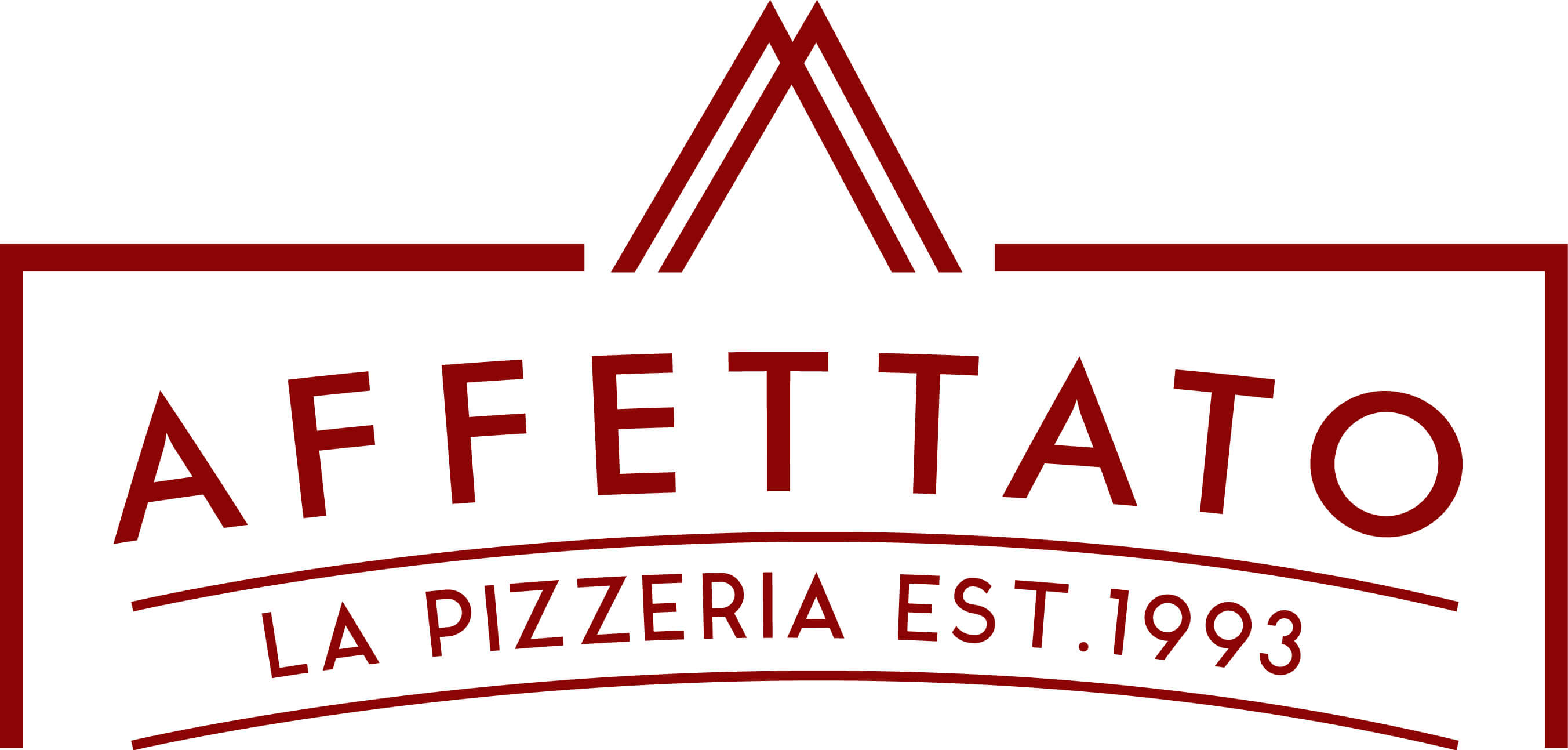
The Logo is framed by a large cutout, just like the bar – open and authentic; the triangles represent slices of pizza, while the sans serif font is in harmony with the trendy, industrial vibe of the brand and space.
Finally, we set about extending the brand language to the Brand Collateral – including the menu and branded merchandise like pasta sauce and wine bottles.
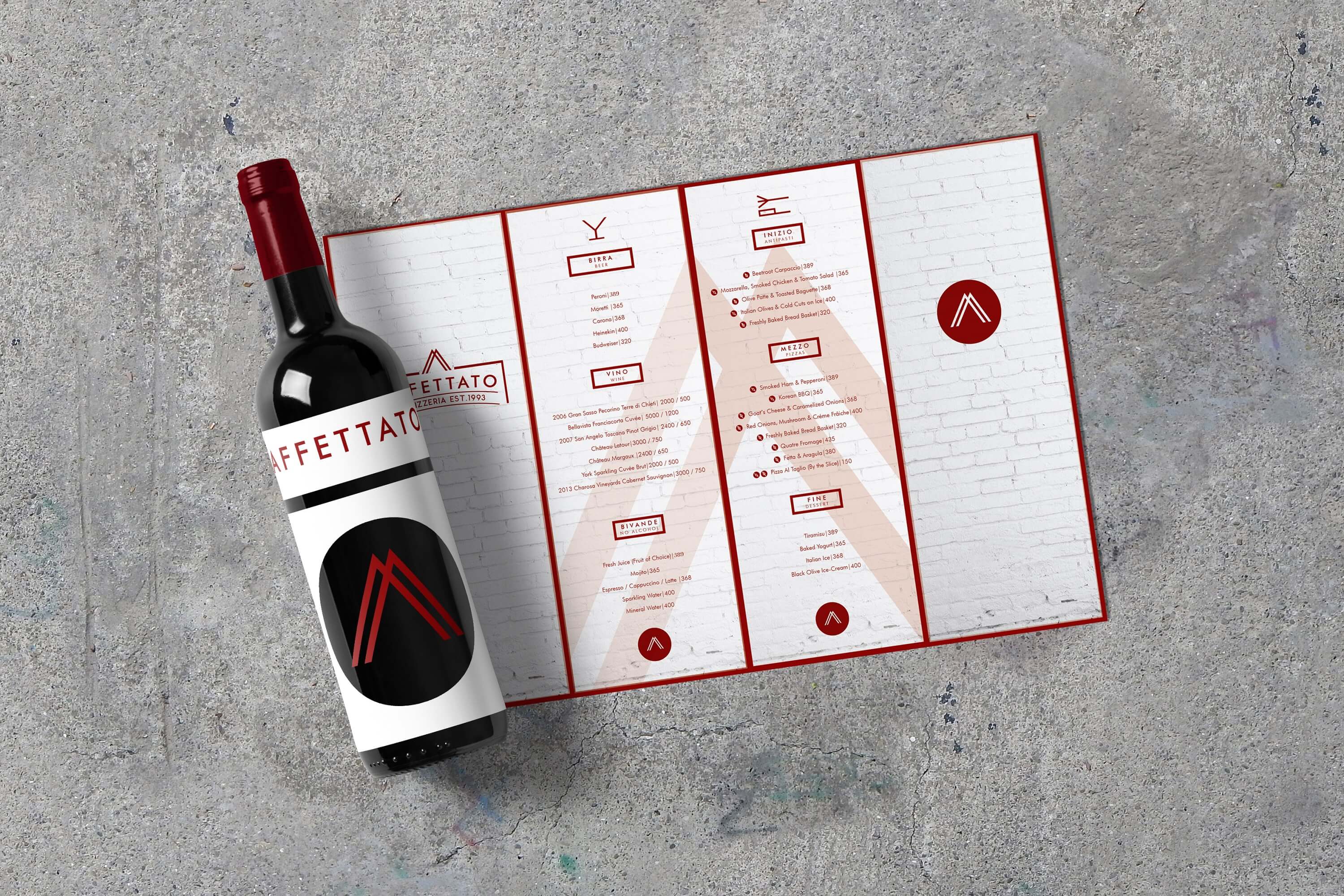
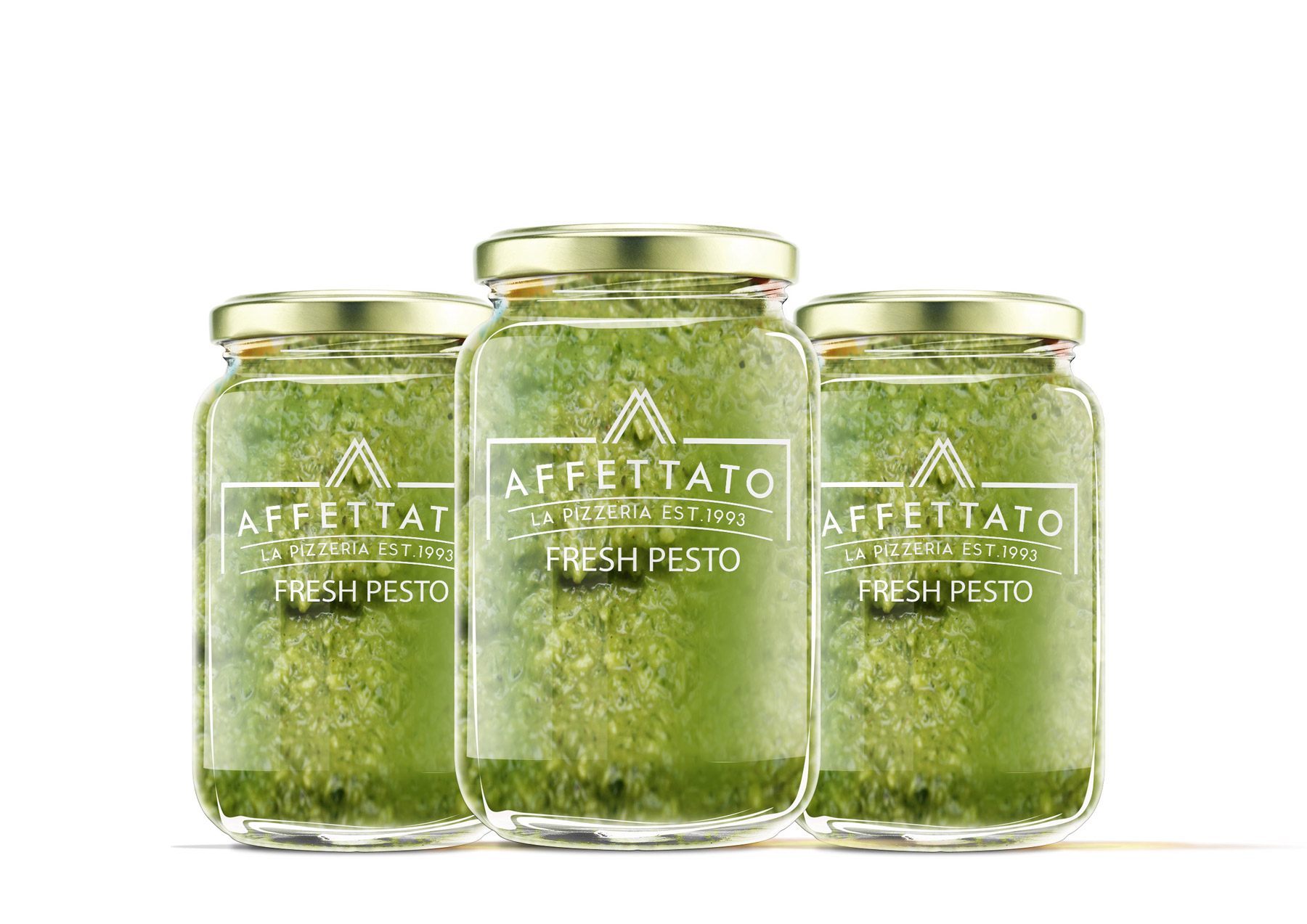
Tying It All Together
The benefit of interweaving the brand development process with the design of a space, is that it puts us in the advantageous position of first understanding the market we are designing for.
Once we understand the end user it becomes easier to design a brand and a space that speak to each other and to the end user, and does not end up being a disjointed, unsatisfactory experience – something that benefits neither the end user nor our client.
Do you have an innovative idea or a new venture just about to take off? Using the framework of design thinking, Zeitgeist can help you develop your brand’s personality, give it a unique voice and translate it into an experience of value to your customer.
Get in touch today.


